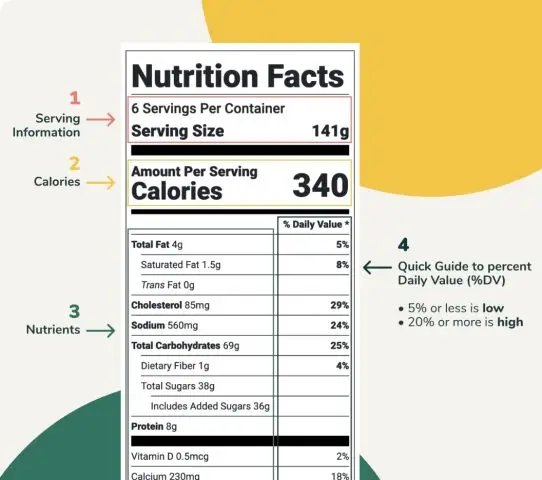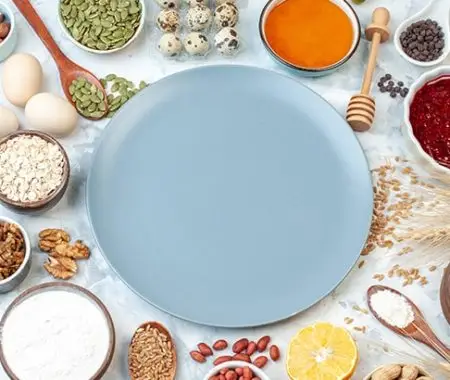The nutrition facts label is an important tool that can help you make informed decisions about the foods you eat. The label provides information on the serving size, calories, and nutrients in a food product. It also includes the percent daily value (%DV), which is a way to help you understand how a food fits into your overall daily diet. In this blog, we will explain how to read and use the nutrition facts label.
What are the four main sections of a nutrition facts label?
- Serving Information:
This section includes the serving size and the number of servings per container. It is important to pay attention to the serving size, as the calories and nutrients in a food product will vary depending on the amount you consume.
- Nutrients:
Get an idea of the nutrients. The nutrition facts label lists the grams (g) of total fat, saturated fat, cholesterol, sodium, carbohydrates, dietary fiber, sugars, and protein in a serving.
- Limit certain nutrients. You should limit the amount of saturated fat, cholesterol, and sodium you consume each day. Eating too much of these nutrients can increase your risks of certain chronic diseases, such as heart disease and stroke.
- Get enough of other nutrients. There are some nutrients that you need to make sure you get enough of, such as fiber, calcium, and iron. The nutrition facts label can help you make sure you’re getting enough of these nutrients.
- Calorie Intake:
This section includes the number of calories in a food product. The calorie intake section can be helpful if you are trying to lose, gain, or maintain your weight.
- The percent daily value (%DV):
This section is a way to help you understand how food fits into your overall daily diet. The %DV is based on a 2,000-calorie diet. For example, if a food has a %DV of 20%, this means that it contains 20% of the daily recommended value for that nutrient.
See How FoodLabelMaker Can Help You
This means that the amount of each nutrient you should get in one day may be different if you have a different calorie goal.
The nutrition facts label can help you make healthier choices. For example, if you are trying to eat more fiber, you would look for foods that have a high %DV for fiber. You would also want to choose foods that are low in fat, sugar, and sodium.
When you are using the nutrition facts label, keep in mind that the serving size may be different than what you are used to eating. For example, the serving size for ice cream is usually half a cup, but the serving size on the nutrition label may be one cup. This is because the calories and nutrients in one cup of ice cream would be too much for most people to eat in one sitting.
The nutrition facts label can be a helpful tool when you are trying to make healthier choices. By understanding what the label means, you can ultimately make better choices about the foods you eat.



